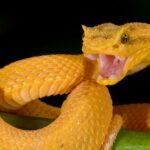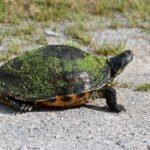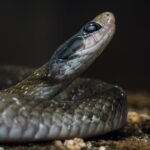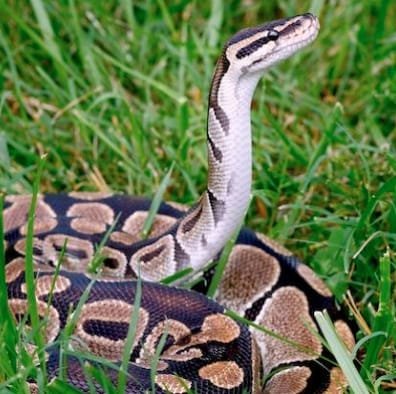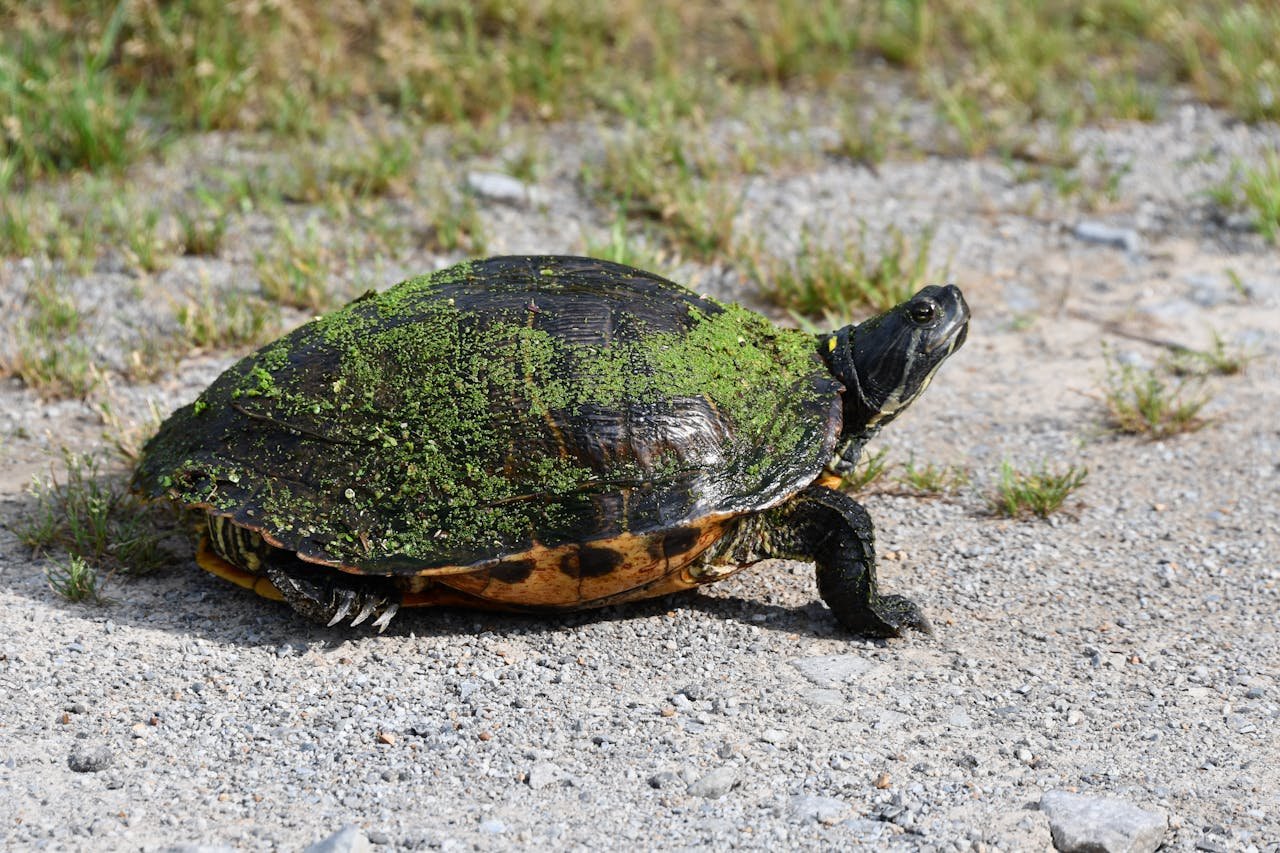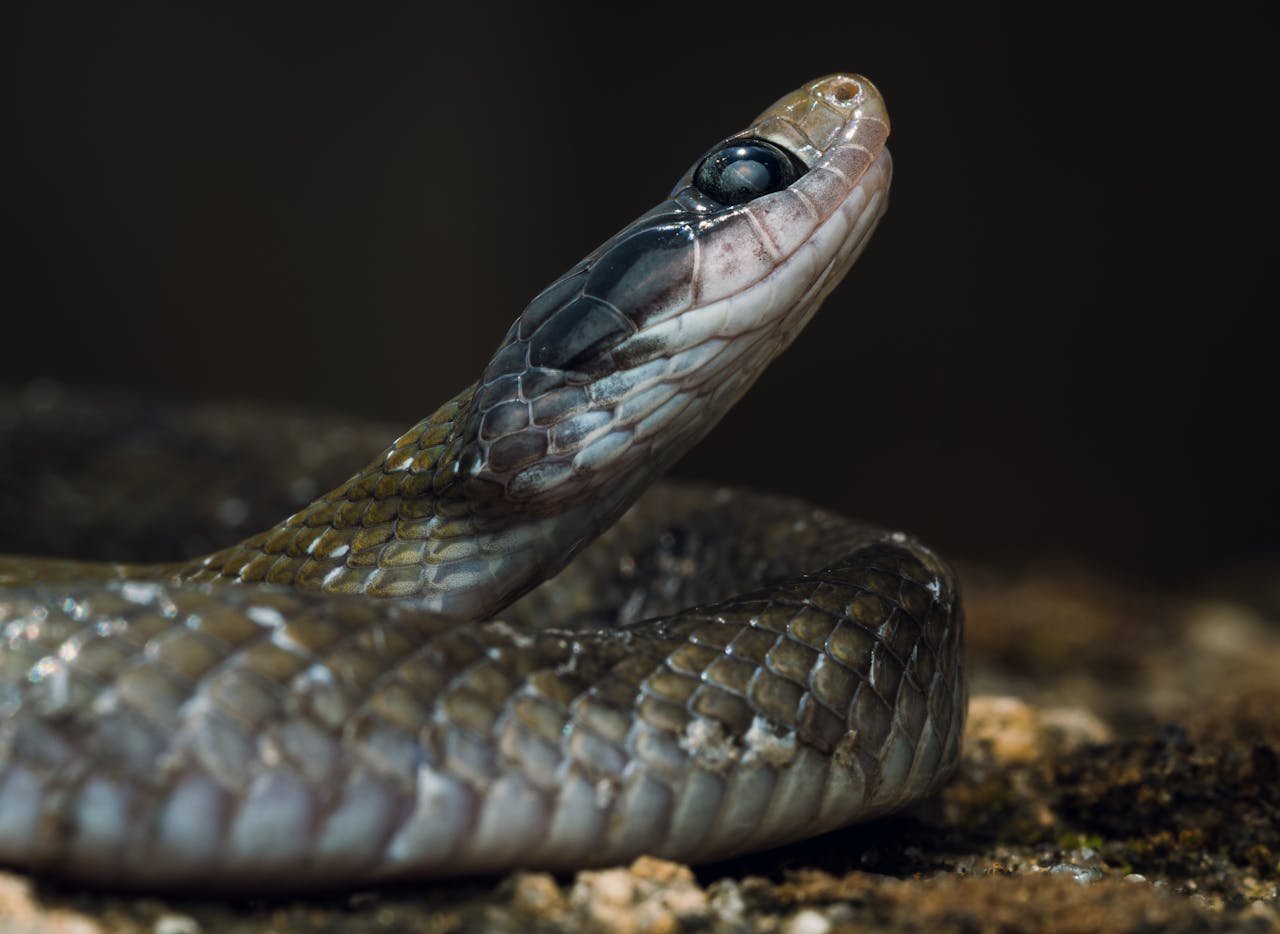The Python, commonly known as the Royal Python, is arguably the best-known python and among the most popular pet snakes to have come from the African continent. Inhabiting the forests and grasslands of West and Central Africa, this non-venomous snake has become so popular mainly due to its striking looks and interesting behaviors.
Physical Characteristics
Adult Ball Pythons attain a length of 3 to 5 feet and weigh 3 to 5 pounds at maturity. As their name would suggest, Ball Pythons get their name from their rather peculiar method of defense. If threatened, Ball Pythons coil tightly into a ball with the head protected in the center-a very effective defense against predation.
Equally striking is the coloration of the Ball Python. The body is ornated on a lighter background of gold, yellow, or tan, with dark brown or black spots and bands. The coloration obscures it greatly in the leaf litter and on the floor of the forest. Besides this, several color morphs exist in Ball Pythons in captivity; among these are the albino, piebald, and pastel variations, each developed to the delight of reptile fanciers.
Diet and Behaviour
Being carnivorous, Ball Pythons rely on small mammals, birds, and reptiles for nutrition in the wild. By nature, constrictors kill their prey by wrapping their muscular body around the animal and then squeezing hard enough until a suffocating point or circulatory failure has occurred. Impressively, this mode of feeding enables the Ball Python to take in prey much larger in diameter than the size of its head.
Ball pythons are usually non-aggressive and solitary reptiles. They are generally nocturnal and turn active in the night, when it is coolest and darkest; by day, they retreat deep into their burrows, or under logs and in crevices among rocks, perhaps for protection from potential predators and extreme temperatures.
Reproduction and Lifecycle
One of the most interesting things concerning Ball Pythons is their mating season. This is considered as the period of the cold months of the year. The males would perform courtship dances where they would rub their bodies against the female and align the hemipenes so they can try entering for mating.
After copulation, females deposit a clutch of eggs that usually varies from 4 to 10. In the case of incubation by females, this is done by coiling themselves over the eggs. Then the female remains with the eggs up to hatching in behavior that puts the eggs under the best conditions for temperature and humidity. Hatchlings emerge after about 60-70 days. At birth, they are independent and ready to go hunt and fend for themselves.
Conservation Status and Threats
Even though the Ball Python is not considered an endangered species as of now, there is a lot of danger it faces out in the wild. Some of the major threats include:
Habitat Loss: Deforestation and habitat destruction due to the expansion of agriculture, logging, and urbanization pose a very severe threat to the Ball Python. The loss of its natural habitat subjects them to having less food, as well as reduced shelter and breeding sites.
The illegal pet trade: Another great threat that faces Ball Python is exotic pet trading. With the intention of decreasing the population, huge numbers of animals were taken away from their natural habitat and sold as pets for disturbing habitats. Demand in color morphs in the pet trade has increased, enhancing this problem.

Climate Change: Changes in temperature and rainfall due to climate change will affect Ball Python populations. Changes in habitat conditions, food, and nesting sites will thus result in changes in their survival and success in reproduction.
Human-Wildlife Conflict: Where there is sympatric habitation, Ball Pythons are persecuted due to misconceptions about their behavior and their possible threat to livestock. As a matter of fact, this might drive the intentional killing or displacement of the species.
Success and Continuing Battles for Conservation
Despite such challenges, much has gone into the conservation of Ball Pythons. Many organizations, researchers, and wild life agencies work positively in this direction. Major successes so far include:
Habitat Protection: Establishment and maintenance of protected areas that help to avoid further damage to Ball Python habitats. Several conservation organizations are working toward creating and extending reserves offering safe habitat to Ball Pythons and other wild life.
Research and Monitoring: Ongoing research provides useful information for the sciences of behavior, ecology, and population dynamics for Ball Pythons. Since many of the monitoring programs are still under construction, it would be taken into consideration to monitor population trends, health of habitats, and inform the conservation strategy.
Education and Outreach: These are public education campaigns, outreach on the need to conserve Ball Pythons. Programs that nurture positive attitudes toward Ball Pythons and protection include responsible pet ownership, protection of habitats.
Captive Trade of Ball Pythons: The trade is legally protected; regulations allow it to be sourced from captive-bred individuals. Attempts to put an end to the illegal collection and trade should be in place, as there are laws that allow it.
Of course, community involvement at the local level forms an indispensable ingredient of the success formula in any Ball Python protection program. Local community-based projects are involved in habitat management and education, and various activities in conservation build stewardship and partnership.
Role of Ecotourism in Conservation
Ecotourism creates a highly sought-after opportunity to support and preserve the species of Ball Pythons, where recreation benefit is complemented by education. Different responsible ecotourisms include guided wildlife tours or educational programs whereby visitors may get an opportunity to see them in their natural environment and learn about their importance within the ecosystem.
Because of this, tour operators work along with conservation organizations to ensure that the ecotourism activities are conducted in such a manner as to disturb these Ball Pythons and their environs as little as possible. Ecotourism can have a positive impact on supporting long-term Ball Python survival by enabling sustainable tourism practices that raise awareness about the conservation issues.
How You Can Contribute to Ball Python Conservation
All of us can make small differences in the life of Ball Python conservation in our own little ways. Following are a few ways you can help:
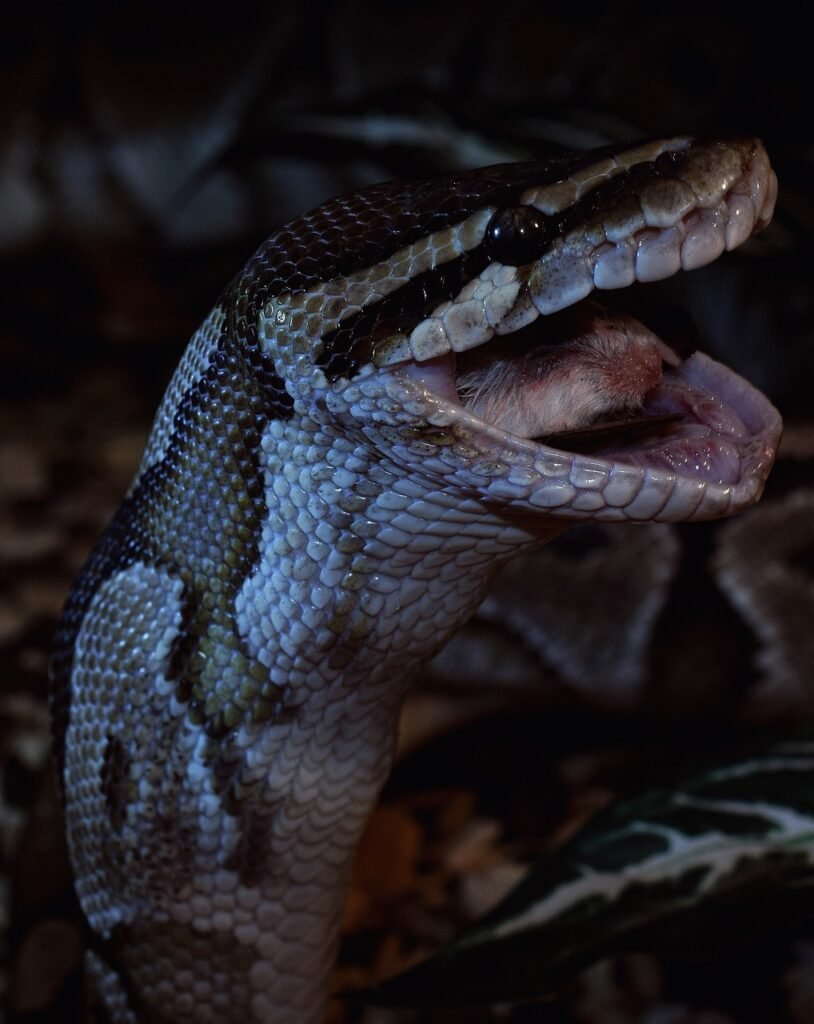
Support Conservation Organizations: Donate to or volunteer with organizations committed to Ball Python conservation. Your support will go a long way in funding truly valuable research, protection of habitats, and education programs.
Ensure Responsible Pet Ownership: If ever considering adding a Ball Python or other exotic pet to a collection, please do so through responsible sources and with proper care. Never support illegal pet trade; instead, advocate for responsible practices concerning pet ownership.
Natural Habitat Protection: Promote the protection of natural habitats and appropriate land use. You can participate in local conservation by joining a habitat restoration project.
Awareness raising: Educate others regarding the importance of conservation, along with various threats the Ball Pythons go through. Sometimes, educating others may activate friends and family into action, in order to do their part with the conservation.
Practice responsible tourism: Engage in those activities that are incorporated into ecotourism practices, where the animals are viewed responsibly and viable conservation efforts are supported. Responsible Tourism Behavior: The protection of both Ball Pythons and their habitats is based on one very important aspect-responsible tourism behavior.

